Iran’s president Ebrahim Raisi and the country’s foreign minister Hossein Amir-Abdollahian have been killed in a helicopter crash in northwestern Iran, according to the country’s state media. The news that Raisi — second only to the country’s supreme leader in the power structure — and Amir-Abdollahian — a critical and influential figure in the ruling circle — have died could not have come at a trickier and potentially more dangerous time.
Iran is already facing huge challenges politically and economically, and the supreme leader, the font of all power and authority, is in poor health. It can ill afford to lose its president and foreign minister. This is a moment fraught with uncertainty for the entire Middle East region as well as the international community.
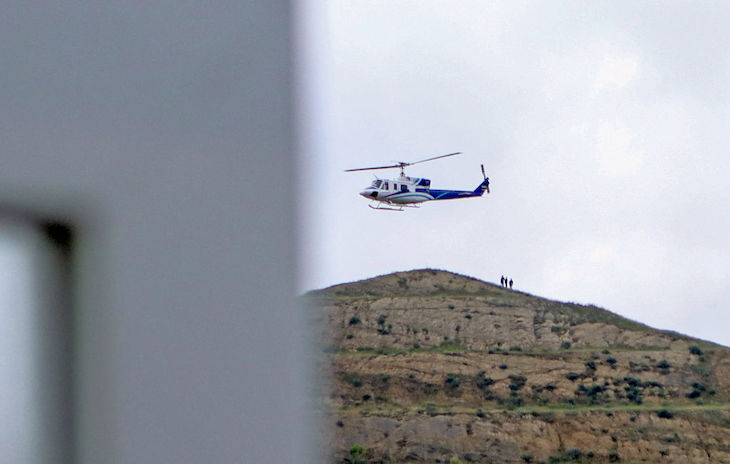
Both men were returning from a ceremony for the opening of a dam on Iran’s border with Azerbaijan. Their helicopter came down in the early afternoon in a mountainous area in Iran’s East Azerbaijan province. Iranian state media initially reported that the helicopter had to make a “hard landing” after it got into difficulties in bad weather. Significantly, the word “crash” was at first avoided in describing the incident. Officials are sometimes wary of using the term in instances involving powerful and significant figures, due to worries that it might set off wider panic and uncertainty. A massive search and rescue operation — involving more than forty rescue teams using search dogs and drones — was launched immediately. But low visibility, as well as extremely cold temperatures, hampered the efforts of the rescue teams. Several countries, including Iraq, Turkey, Russia and the United Arab Emirates, have offered assistance. The European Union, after a request from Iran, activated its satellite mapping service to help the rescue teams. But these efforts were in vain: Iran state TV reported this morning that there is “no sign of life” at the crash site.
Why was Raisi — nicknamed the “butcher of Tehran” — so critical a figure in the Iranian political firmament? He was elected president in 2021, and was one of the hardest of the hardliners in Tehran, a true believer in the Iranian revolution. He played a critical and prominent role in the crushing of the “woman, life, freedom” protests that have recently rocked Iran, and amounted to one of the most serious challenges to those in power in years. Mohammad Mokhber, the vice president, could in the short term succeed Raisi if necessary. The thornier issue is Raisi’s closeness to Iran’s supreme leader, Ayatollah Ali Khamenei. He was widely tipped to be his successor. His death clears the way for Khamenei’s son, Mojtaba, to succeed to the top job. This may not go down too well with others in the regime: many clerics oppose the idea of a hereditary succession as going against the country’s revolutionary principles. Any such disruption and in-fighting over the eventual succession to the post of supreme leader will prove massively destabilizing in a country that is already buckling under economic and political strain. It also comes at a time when it is facing growing western pressure over its nuclear program.
The potential ramifications don’t end there. Amir-Abdollahian is the country’s top diplomat. In recent months, as the war in Gaza has intensified, he was the critical intermediary in a series of meetings and phone calls with Iran’s allies, as well as Arab ambassadors and Western representatives. He occupied several senior posts in the foreign ministry in a career spanning several decades, and was known for his close ties with the senior leadership of the Islamic Revolutionary Guard Corps. Western leaders had dealings with him over issues such as the sanctions regime against Iran. The regime will want to identify a replacement as quickly as possible. It is likely that Ali Bagheri, the current political deputy at the foreign ministry, would be promoted into the job. Whether he commands wider support is debatable. This too may produce internal frictions.
Washington will be watching developments closely. President Joe Biden, who has been on the campaign trail this weekend, was briefed on the incident, according to the White House. These will be anxious moments. Relations between America and Iran have come perilously close to open conflict in recent months. What unfolds in the coming days — in particular what Iran declares to be the cause of the helicopter crash — could well determine whether the two countries can keep a wider conflict at bay. America does not have formal diplomatic relations with Iran, and dealing with Tehran’s opaque power structures is fraught with complications. That will only get worse if there is any form of power struggle, leading to uncertainty about who is calling the shots in Tehran. These are uncharted waters in an already volatile Middle East region. Dangerous days lie ahead.
This article was originally published on The Spectator’s UK website.



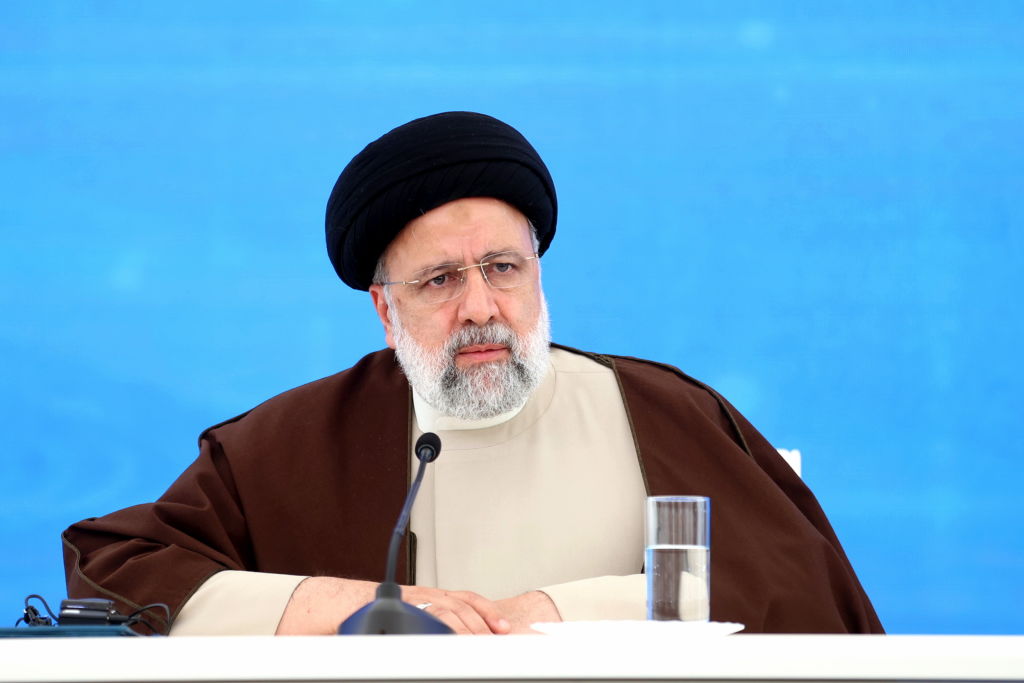






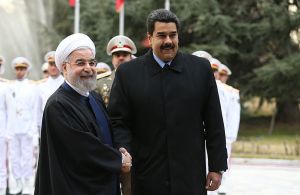
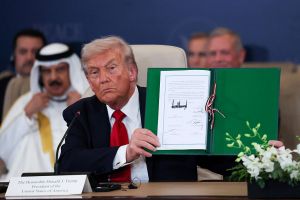
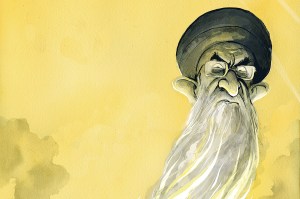
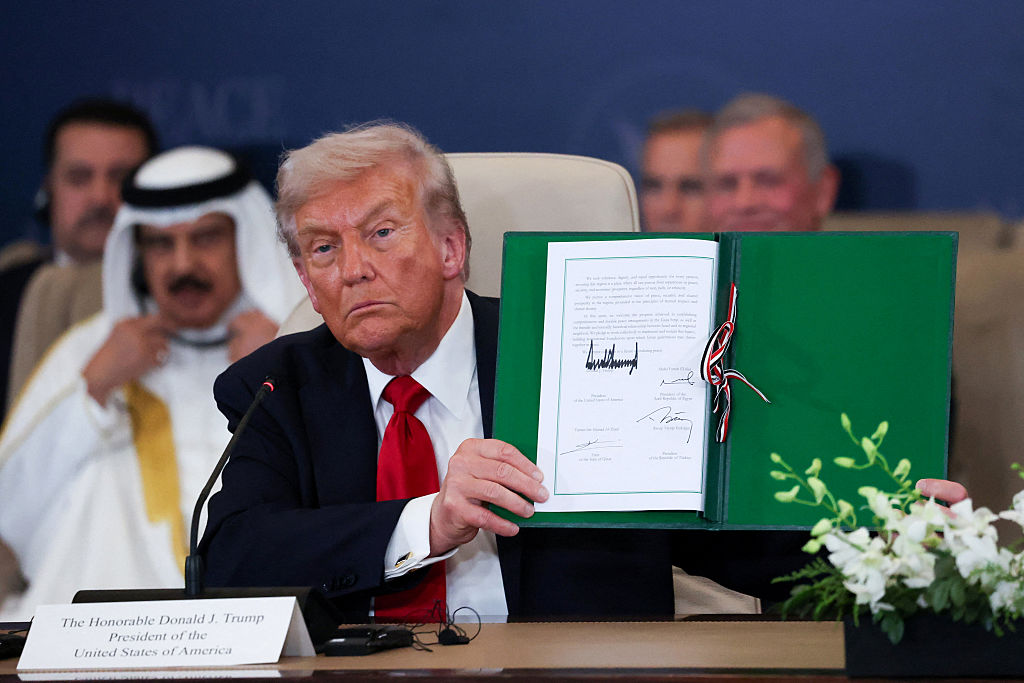


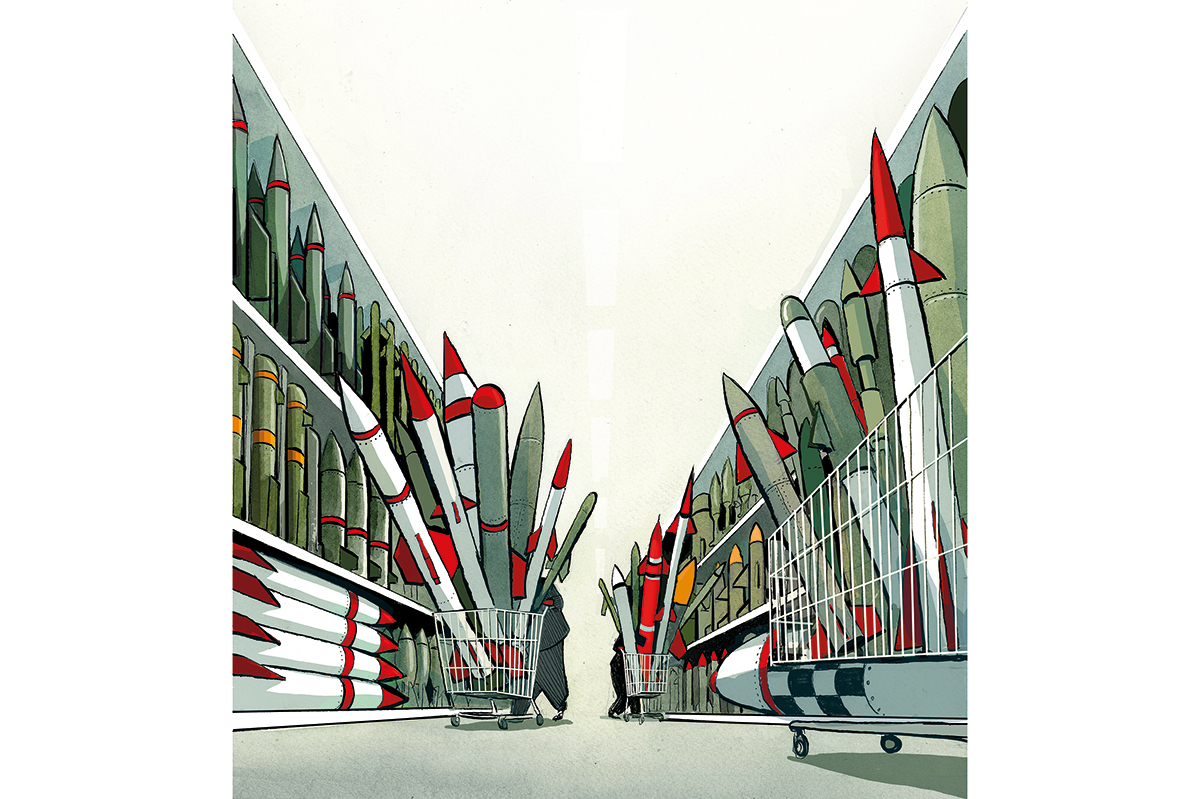
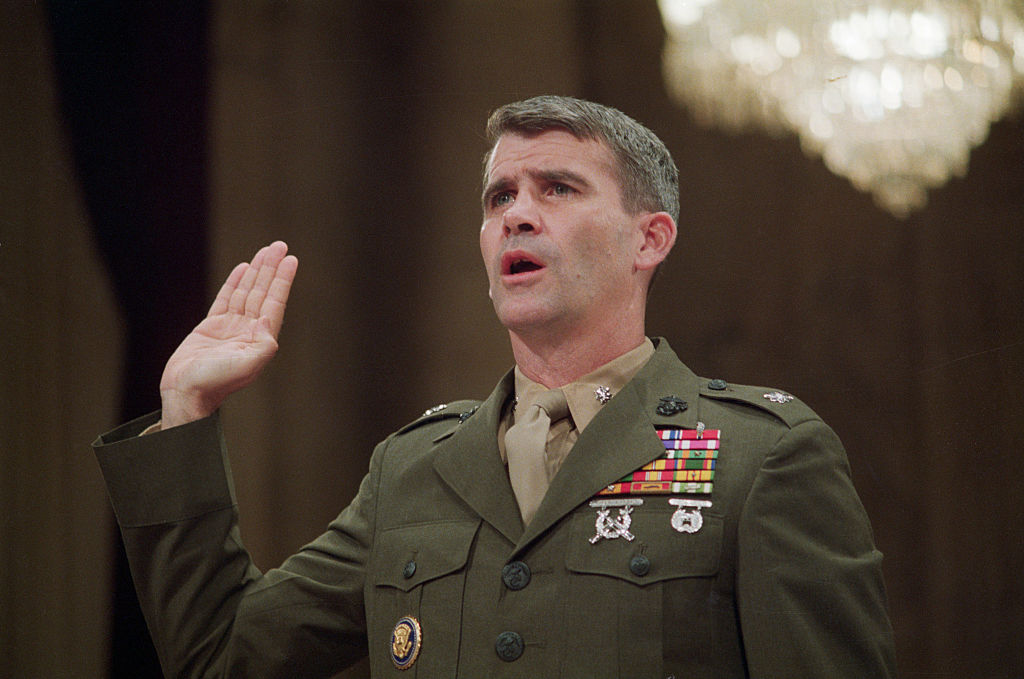
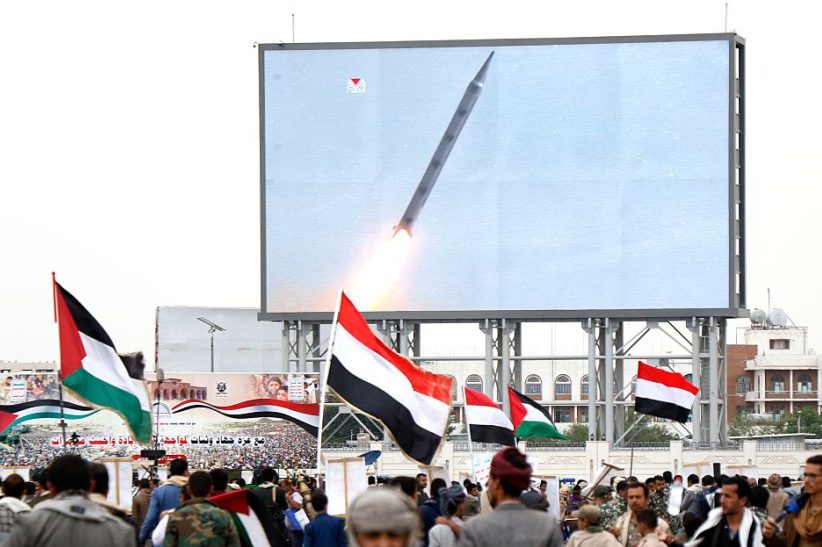







Leave a Reply